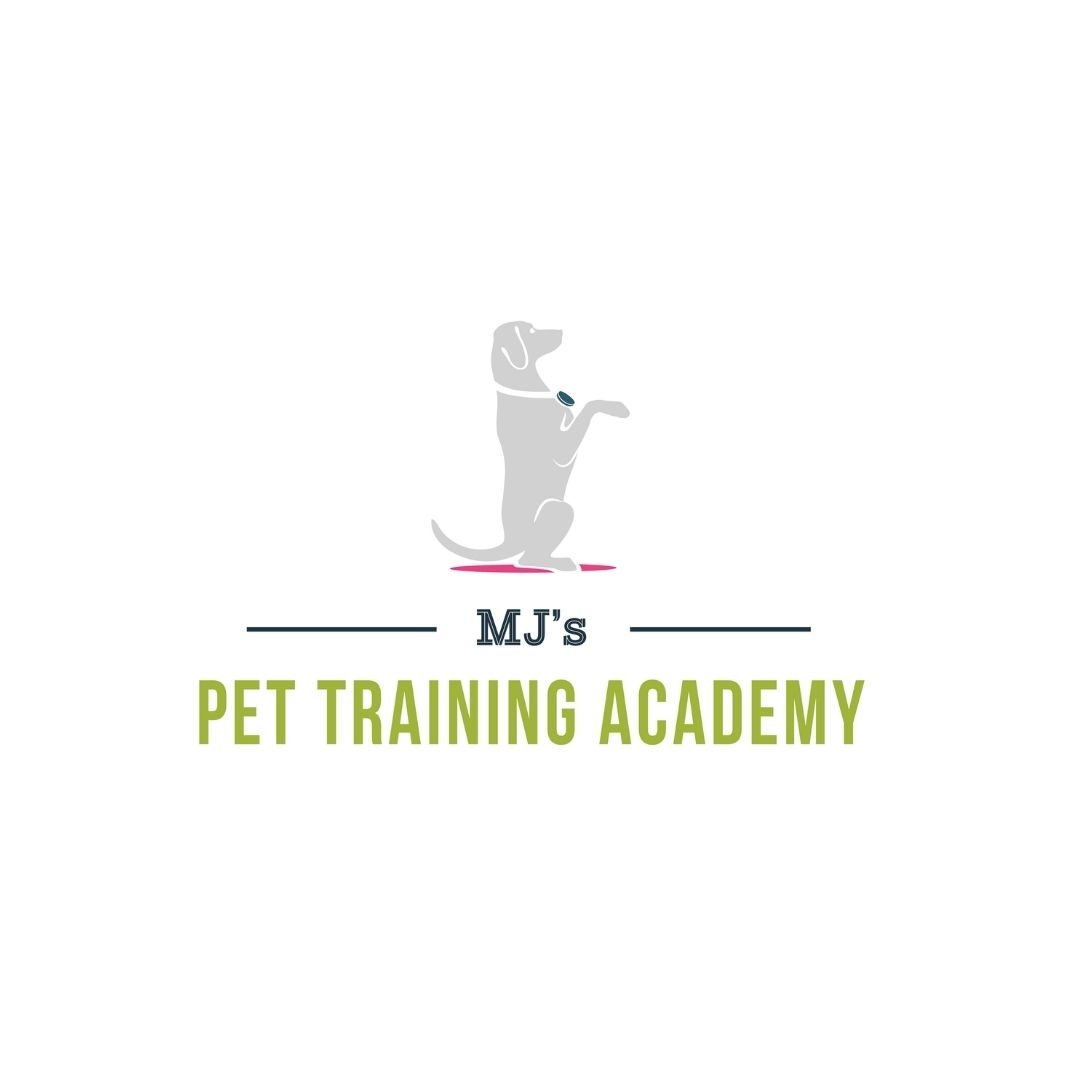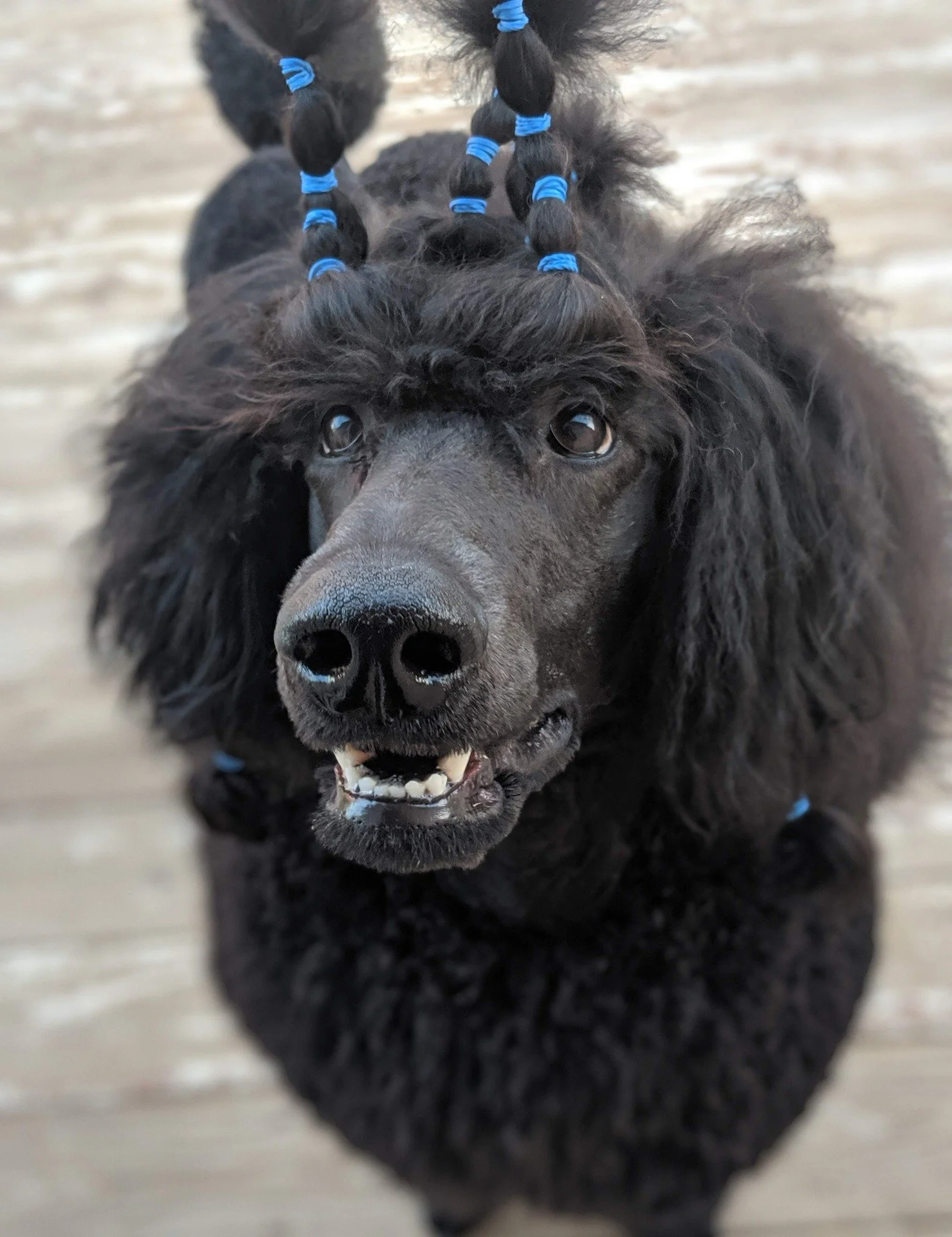Training Tips for Long-Haired Dogs: What Most People Overlook
There are essential things to consider when training long-haired and fluffy dog breeds that many people overlook. When people think about training their dogs, they often focus on the basics. If your dog has a long coat, there’s a little more to consider.
Dogs with coats, whether they’re full-coated Shih Tzus, Yorkies, morkies, doodles, or poodles, have unique training needs that are easy to overlook. Their grooming needs aren’t just a cosmetic thing; they can directly affect how these dogs experience training.
Teach the Skills Groomers and Vets Appreciate
Can your dog see?
Ask your groomer to trim above your dog’s eyes or keep the coat in bands.
Photo: Mint
Every dog should be comfortable being handled for routine care, but for long-haired dogs, handling is a much bigger part of their lives. These dogs need regular brushing, trimming, and eye cleaning. They’ll spend more time at the groomer. They’ll need you to comb their face, clean around their eyes, and sometimes even tie up their topknot.
That’s why I recommend teaching a chin rest early on. A chin target, where your dog calmly rests their chin in your hand or on a towel, can make grooming around the eyes not only safer, but more comfortable for your dog. It also helps with vet handling and can be adapted for a grooming pillow.
Not all trainers will cover grooming-related behaviors during general training classes. However, as a pet owner, you can ask your trainer how to teach them in a class or private session if needed, or start working on them at home. They’re worth it.
Can Your Dog See You?
Another thing people often overlook with long-haired dogs is visual clarity. If your dog lands far away when you call or dodges when you reach to pet him, it might not be a behavior issue. In some cases, it might just be that they can’t see you clearly. Long bangs over the eyes can block vision.
If your dog can’t see you, they can’t follow your visual cues. A quick trim around the eyes (or tying the hair up) can make a big difference in their responsiveness during training.
Watch for Tangled Equipment
Coats and collars don’t always get along. For long-coated breeds, it’s important to check under collars and harnesses regularly. These spots can easily become matted, especially if you frequently walk your dog and fail to brush those areas afterward. Mats aren’t just a grooming problem. They hurt.
Even the leash clip can get tangled in a long beard or neck ruff. If your dog acts strangely when you clip the leash on, it may be pulling or getting caught in a sensitive area.
Here are a few solutions:
Choose softer, coat-friendly gear.
Keep the hair under collars and harnesses short.
Brush those contact areas daily if your dog wears gear often.
Check that nothing is pulling or pinching when you train.
Long Coats and Treats
Sticky or crumbly treats might be fine for a short-haired Labrador, but when you have a dog with a full face of hair, you’ll want to be more strategic. If you choose sticky treats, make sure to clean around your dog’s face after training.
Training Long-Haired Dogs: A Quick Recap
Grooming behavior matters. Teach your dog to use a chin rest, handle their face gently, and brush them regularly.
Vision affects behavior. Make sure your dog can see your cues clearly.
Check gear fit. Avoid mats and discomfort by maintaining coat-friendly equipment.
Watch for messy treats: Clean your dog’s face after training.
These minor adjustments can go a long way. Long-haired dogs may be high maintenance, but with the proper training, they can also be the best-behaved dogs at the salon.




